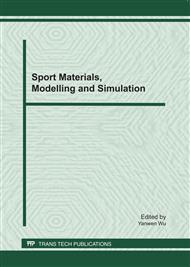p.637
p.641
p.647
p.652
p.658
p.663
p.667
p.672
p.677
Modeling Fiber Point Diffraction with Vector Theory for FPDI Design
Abstract:
The fiber point diffraction technology has been used in fiber point diffraction interferometer (FPDI) to measure optical surface with high precision. The wavefront diffracted from the single mode fiber with microns core diameter can be considered as an ideal spherical wave and used as the referenced wave in interferometer. The absolute accuracy of the diffraction wavefront can not be directly measured in experiment. To estimate its quality, the vector diffraction method must be introduced because conventional scalar diffraction theory is unsuitable when the fiber core size is comparable to wavelength. The transfer mode feature which includes single-mode transmission condition and mode field distribution is analyzed at first. Then vector the model of fiber point diffraction is established. Finally, the diffraction wavefront is analyzed with numerical method based on vector theory, and the difference between scalar and vector method is discussed. The results show that vector model can achieve rigorous wavefront analysis for fiber point diffraction and provide important help for PFDI design.
Info:
Periodical:
Pages:
658-662
Citation:
Online since:
February 2011
Price:
Сopyright:
© 2011 Trans Tech Publications Ltd. All Rights Reserved
Share:
Citation:


